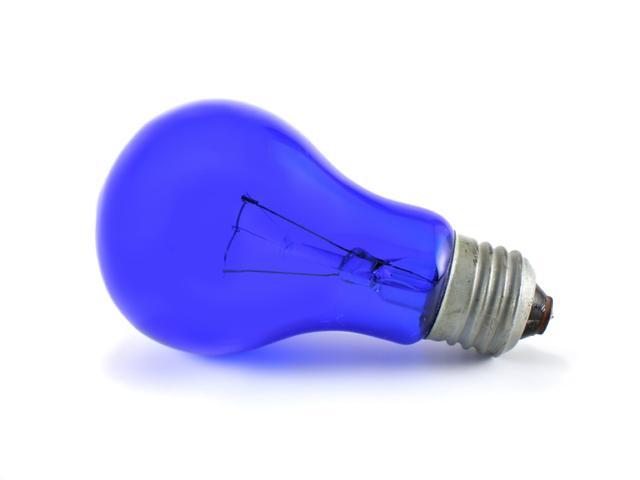Overview
Light actually consists of a spectrum of light of various wave lengths. Light with the longest wave length has the lowest energy levels, while light with the shortest wave length has the highest energy levels.
Various parts of the electromagnetic spectrum are as follows:
- Radio waves: Radio waves have the longest waves and make it possible for us to have television, radios, as well as cell phones. Radio waves are invisible to the human eye.
- Micro waves: Micro waves are invisible to us and have a shorter wave length than radio waves; they are used by microwave ovens and satellites when relaying audio signals through to a cell phone.
- Infrared light: Infrared light has a shorter wave length than micro waves, and is often used by remote control devices. As infrared can pick up temperature differences, it is used in infrared photography and night vision cameras. Infrared light is invisible to us.
- Visible light: Visible light is the light spectrum that is detectable to our eyes. Within this spectrum, we are able to detect various wave lengths of visible light: Red, orange, yellow, green, blue, indigo and violet.
- X-rays: Only gamma rays have a shorter wave length than x-rays, which also means x-rays are only second to gamma rays for having the highest energy levels, which is why they are used by doctors for taking x-rays of our bodies.
- Gamma rays: Gamma rays have the shortest wavelength and the highest energy level of the electromagnetic spectrum. Because of these qualities, they have been used with x-rays and in killing cancer cells. Gamma rays are generated by nuclear explosions.
- Ultraviolet light: The topic of this science project, has a shorter wave length than visible light and is invisible to us. We experience ultra violet light?s effects when we get sunburned after spending time outdoors. We are protected from most of the ultraviolet light that is emitted by the sun, by the ozone layer of our atmosphere. Some animals, such as bees, are able to see ultraviolet light.
In this science fair project, you will see a flower the way a bee sees it.
Scientific Terms
Ultraviolet light, electromagnetic field, perception
Materials
- Black light (ultraviolet lamp)
- A freshly cut flower or a potted flowering plant. For best results obtain 3 or more different species.
- A camera or cell phone with a camera
- Printer
- Poster board
- Paper
- Glue, glue
Procedure
- Place your flowers in a place where they will stand out when you take a picture of them. Choose a place that has a solid background. You may use your poster board as a background as well. Make sure that the location you choose has a light fixture next to it. You will need it when you use the black light. Also, it is important that the place you choose can be darkened (eg. heavy curtains will do the trick).
- Position the flowers so that when you take their picture, you are able to view inside of the petals and the center of the flower.
- Under normal lighting, take a picture of the flowers, focusing on the center of the flower and the inside of the petals.
- Now change the lighting by placing the black light into the light fixture. This should be the only light source in the room.
- Turn the black light on. How do the flowers look now? Do you see patterns and colors that were not visible under normal light?
- Take a picture of the flowers under the black light.
- You will create your science project presentation by attaching to the poster board the following:
- Photographs of the flowers under normal light and black light.
- Your explanation of what ultra violet light is.
- Any additional information you want to add.
References
"How Radiation Works" from How Stuff Works http://www.howstuffworks.com/radiation1.htm
Related videos
Hey there! Here are some awesome videos about this science project that we think you'll really like. They're not only super fun, but they'll also help you learn more about the science behind the project. So sit back, relax, and get ready to have some fun!!

